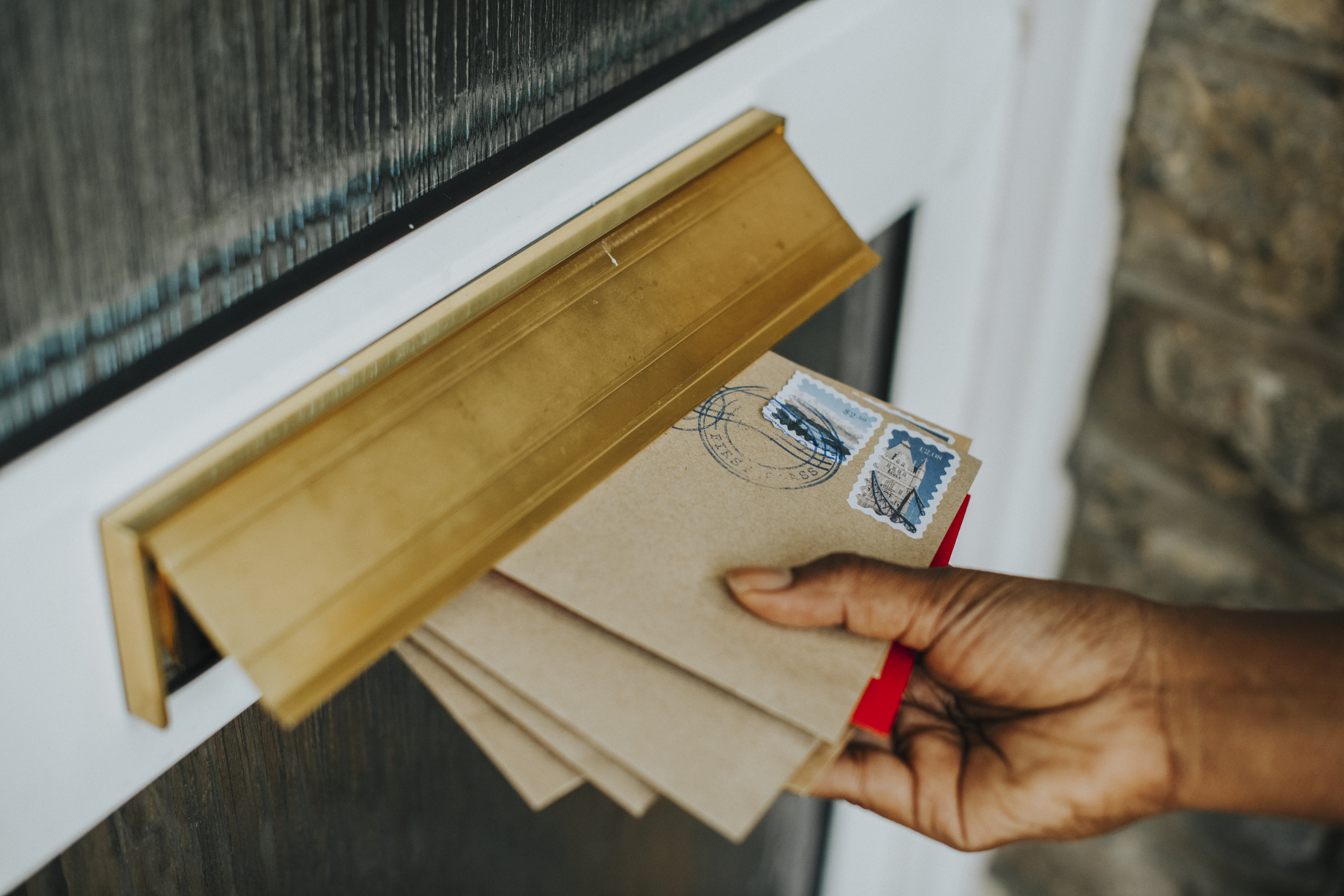Reaching Mobile Users with SMS Marketing: 5 Use Cases
20 Sep 2021
Yes, SMS seem old-fashioned and like something from a bygone era. But they still exist and are reliably delivered to cell phones, smart phones and mobile devices. And those are exactly the devices we look at several times a day: IT professor Alexander Markowetz has found out that we look at our cell phones 88 times a day, and even if we don’t explicitly check to see if we’ve received an SMS every time, whenever one does arrive, we don’t miss it.
Not only is it unlikely that SMS will be overlooked by users, SMS also have very, very high open rates of almost 100%. What could be more testimony to the relevance of the seemingly stale SMS? SMS in marketing is an excellent complement to email marketing: emails are sometimes overlooked by users, but for time-critical messages or messages that are extremely relevant to users, text messaging is worthwhile.
What to Consider in SMS Marketing?
The message of an SMS needs to be short and direct, as there are only a limited number of characters available – so get to the point. Most SMS messages are opened within 3 minutes of receipt, so consider the best time to send them: messages sent after 9 p.m. or on weekends may disturb or even annoy your users. To build trust, pay attention to the sender’s name: Users should know who is writing to them. If you personalize your SMS and address your users personally, they will feel valued and perceived as individuals.
Just like in email marketing, you can send marketing SMS automatically via marketing automation campaigns – this saves time.
If you keep this in mind, you can already implement various SMS marketing use cases.
Use Case 1: Transaction Notifications
Users typically expect transaction notifications such as booking confirmations, appointment reminders, or pickup notices. These are received almost eagerly and can be sent just as automatically as a transactional email. Time-critical messages arrive particularly quickly and reliably as SMS, such as transaction notifications on order status or notification of a delivery delay. Especially in the case of time-critical deliveries that the recipient does not want to miss, for example a hot meal or a bulky furniture delivery that should not be left on the porch outside the front door, it is more convenient to send an SMS instead of an email. If users receive such messages via SMS, this confirms their expectations of your service, creates trust in your company and thus increases customer loyalty.
Use Case 2: Shopping Cart Cancellation
Here is a sad truth: Filled shopping carts are often abandoned before check-out. However, you can win back shopping cart abandoners via SMS. SMS is a more personal channel. Ask your users why the process failed and offer your support if they still have questions or doubts. With the link to the shopping cart you remind the users of their interest in the abandoned goods.
Use Case 3: Alerts
SMS marketing is particularly suitable for time-critical messages, including various forms of alerts. These can be used in SMS marketing in a wide variety of contexts. For example, they can be used as reminders of upcoming events “Tonight’s concert starts at 20:00. We look forward to seeing you!”, to provide timely information about changes “Change of plans: Your flight today is departing from Terminal 2 at a different time”, “The conference has been postponed at short notice.” or to coordinate appointments “The delivery service is now in your area! Please coordinate the specific delivery time with the driver now.” Online stores can also send the back-in-stock alert as an SMS: “Your desired product is available again! Order now before it’s sold out again!“
Use Case 4: Surveys
Why not ask the user in a short text message whether they liked the product they purchased? A satisfaction follow-up conveys a feeling of appreciation and the results can be used for market research purposes and to individualize communication with the user. Satisfaction tracking via SMS is suitable e.g. for the gastronomy. SMS marketing can be integrated with the POS system and a few minutes after payment (and probably leaving the store) the user receives an SMS asking them to rate the store, the service or the dishes ordered. Satisfaction surveys via SMS are also an effective tool for products with a direct connection to mobile communications, for example when purchasing an app. In this example, the feedback provided via SMS could potentially flow immediately into the app environment and become noticeable the next time the app is used: a surprising but extremely positive experience for users.
Use Case 5: Advertisement and Coupons
SMS, like other channels, can be used for “classic” advertising of (product) offers. But make sure to focus on one offer, otherwise the SMS will quickly become confusing. You can also integrate images in an MMS. The offer can be linked in the SMS.
In the e-commerce sector, coupons and voucher codes can be sent excellently via SMS. Thanks to the great attention and high opening rate that SMS enjoys, the redemption rate of SMS coupons also increases.
Similar to email marketing, SMS marketing offers can also be individualized: think about individual texts, dispatch times and dispatch frequencies for each user.





Please login to comment.
Comments